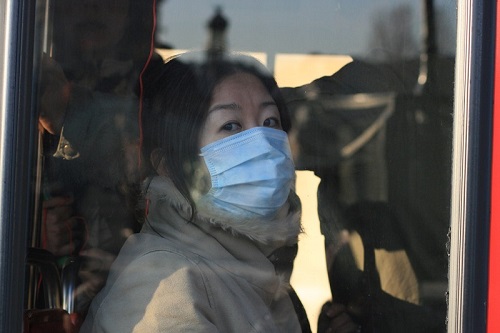
The rising positive cases of Coronavirus (COVID-19) all over the world show that the recently discovered virus strain has marked its presence in every continent.
The COVID-19 belongs to the coronavirus (CoV) virus family, which is known to cause common cold as well as the severe Middle East Respiratory Syndrome (MERS-CoV) and Severe Acute Respiratory Syndrome (SARS-CoV).
Notably, the symptoms of coronavirus disease is very similar to common flu or allergies. But healthcare experts note that the coronavirus is not the flu and all three have different symptoms, even though some of these symptoms overlapping with each other.
Here are the most commonly noted symptoms for coronavirus, flu, and allergy:
Coronavirus symptoms: The symptoms of coronavirus include fever, a dry cough, tiredness, breathing difficulty and shortness of breath. Severe cases of infection cause pneumonia, acute respiratory syndrome and also kidney failure.
Flu symptoms: In the case of flu, the symptoms are mostly fever, stuffy nose, sneezing, sore throat, cough and body aches.
Allergy symptoms: For allergies, the symptoms are sneezing, a runny nose, itchy eyes, as well as facial pain.
Comparative analysis
Coronavirus and allergy: The symptoms noted for coronavirus and allergy are pretty different, which makes it easy to distinguish between the two. In the case of allergies, it has been noted that the symptoms are mostly restricted to the head and include sneezing, nasal congestion, as well as itchy eyes. However, in the case of coronavirus, these symptoms are hardly noted. Nasal congestion was however noted in just a handful of cases.
Coronavirus and flu: Both coronavirus and flu are caused by different types of viruses. And, when it comes to the symptoms, both coronavirus and flu symptoms are very similar. Both are known to affect the lower respiratory tract and overlapping symptoms include fever. However, the distinguishing factor between coronavirus and flu is shortness of breath. In the case of flu, shortness of breath is generally not noted. Shortness of breath occurs prior to pneumonia in the case of coronavirus. Healthcare experts suggest that in around 5 to 10 days of developing a fever, shortness of breath occurs in a person who has coronavirus.
This similarity in symptoms makes it difficult to distinguish between coronavirus and flu. However, when it comes to subsiding symptoms, mild flu symptoms generally subside with over the counter medication and some rest. But for coronavirus, the symptoms mostly intensify and requires medical intervention to prevent severe infection that can lead to pneumonia, kidney failure or death.
One aspect which increases the threat in the case of coronavirus is its easy transmission. Additionally, it has been noted that in the case of severe coronavirus, symptoms like confusion, bluish face or lips due to lack of oxygen supply in the bloodstream and also an inability to arouse.
It is worth mentioning here that considering the rising cases of coronavirus being reported all over the world, everyone needs to be cautious and help in stopping the transmission of the virus, which still has no antidote.


































